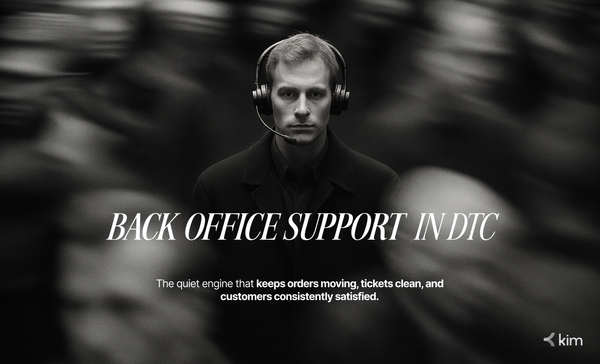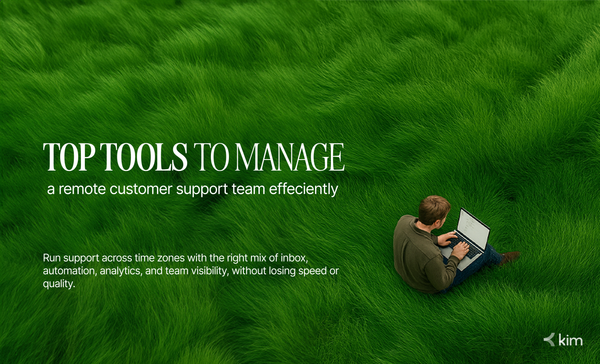5 KPIs to Track After You Hire Customer Support
Table of Contents
- Introduction: Why Support KPIs Matter
- 5 KPIs to Track After You Hire Support
a. First Response Time (FRT)
b. Resolution Time
c. Customer Satisfaction Score (CSAT)
d. Ticket Volume & Distribution
e. Customer Feedback Trends (Beyond CSAT) - Don’t Just Hire Support. Measure It.
- Final Thoughts
When you finally decide to hire customer support, it’s a big relief. No more burning the midnight oil replying to angry emails. No more scrambling to respond to DMs while managing inventory or chasing ad creatives.
But after you’ve made the hire — what comes next?
Hiring isn’t the finish line. It’s just the start. The real question is: How do you know if your customer support is actually working?
This is where KPIs (key performance indicators) come in.
Whether you’ve hired a freelance support rep, a full-time agent, or an outsourced team, tracking the right customer support metrics can help you:
- Improve customer retention
- Increase positive reviews
- Make smarter hiring decisions
- Protect your brand reputation
- Reduce refunds and churn
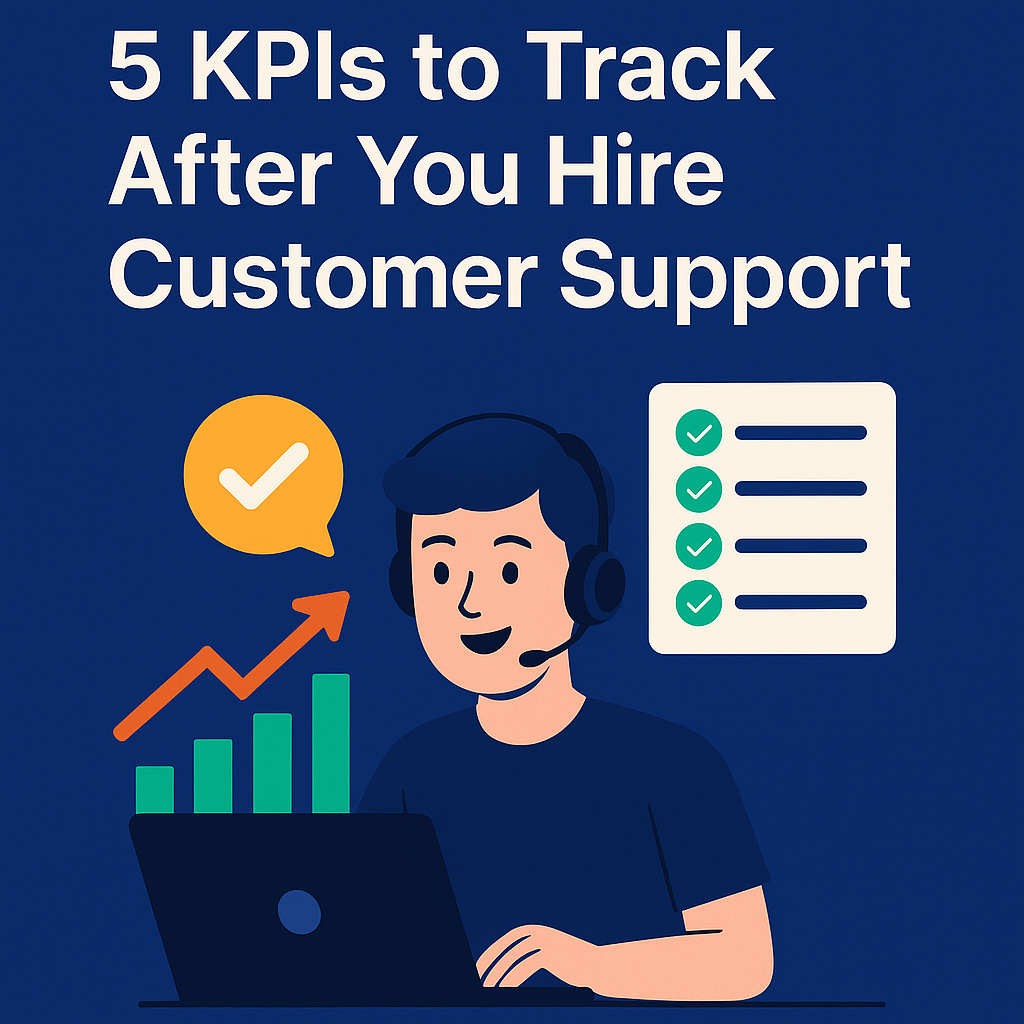
In this post, we’ll break down 5 essential KPIs to track after you hire customer support, especially if you run a Shopify store or fast-growing ecom brand.
5 key performance indicators (KPIs)
If you've hired customer support recently, here are 5 key performance indicators (KPIs) you need to keep an eye on:
✅ First Response Time (FRT)
✅ Resolution Time
✅ Customer Satisfaction Score (CSAT)
✅ Ticket Volume & Distribution
✅ Customer Feedback Trends
These metrics help you uncover gaps and make sure your support is driving real impact, not just solving tickets.
1. First Response Time (FRT)
How fast are customers hearing back from you?
This is the #1 metric most Shopify brands look at first, and for good reason. A fast first response builds trust, even if the issue isn’t solved right away.
73% of customers say fast support is the most important thing a brand can offer.
Benchmarks:
- <1 hour during working hours
- <4 hours even after-hours (if using AI + human support)
Pro Tip: A quick “we’ll get back to you” isn’t enough. Speed + context = real value.
2. Resolution Time
How long does it take to actually solve a ticket?
A fast reply doesn’t matter if it takes days to fix the issue. This metric reflects operational efficiency, rep training, and access to tools or documentation.
Long resolution times often signal unclear workflows or lack of product knowledge.
Track:
- Median resolution time by ticket type.
- % of tickets resolved within 24 hours of internal escalations.
Benchmarks to aim for:
- Under 24 hours for most issues
- Under 12 hours during peak if you’re staffed right
Real-World Case:
Loop Earplugs, a fast-scaling DTC brand in Europe, reduced resolution time by 40% in 3 months by implementing:
- Pre-built macros for common issues
- A better internal help center for reps
- Routing tickets by category
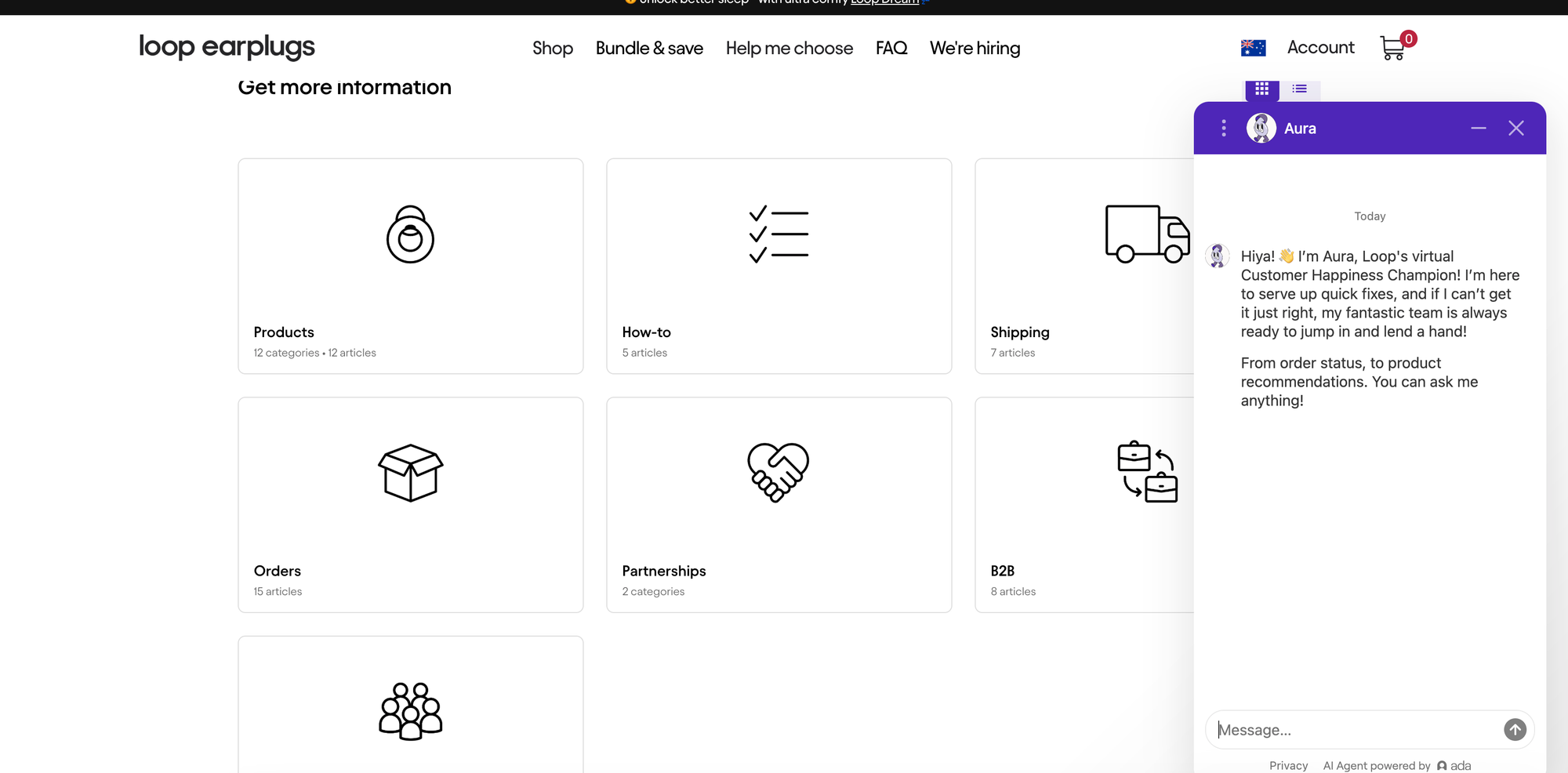
Their CSAT rose 9 points just by reducing average resolution time from 18 hours to 10.
3. CSAT (Customer Satisfaction Score)
What do customers actually think about your support?
CSAT is one of the clearest ways to measure whether your reps are meeting customer expectations. Usually sent as a quick 1–5 rating or emoji scale post-ticket.
Why it matters:
- Reflects customer perception, not just operational speed
- Helps you flag tone, empathy, and agent-specific issues
Goals:
- CSAT score of 85% or higher
- Clear trends in written feedback (not just numbers)
Action Tips:
- Compare scores by agent
- Map low scores to issue types or delays
- Use verbatim comments for rep coaching
4. Ticket Volume & Distribution
Do ever feel your support reps are overwhelmed, or underutilized?
Volume and distribution tell you how balanced your support load is, whether FAQs are working, and if specific issues are surging.
Track:
- Total daily/weekly ticket volume
- Tickets by category (order, return, product, etc.)
- Time-based spikes (when are most tickets coming in?)
If 60% of tickets are about “Where’s my order?”, it's time to fix the order tracking flow, not just hire more reps.
5. Customer Feedback Trends (Beyond CSAT)
What are customers saying in their own words?
Not all feedback shows up in CSAT scores. Your reviews, email replies, and even DMs often reveal recurring issues.
Look out for quotes like:
- “Thanks for replying so fast!”
- “They didn’t understand my problem.”
- “Had to repeat myself three times.”
Why it matters:
- This is your qualitative goldmine. It explains why CSAT went up or down.
Action Steps:
- Tag recurring themes (refund delay, agent tone, confusion)
- Manually review 10–15 tickets a month
- Use a sentiment tool if volume’s high
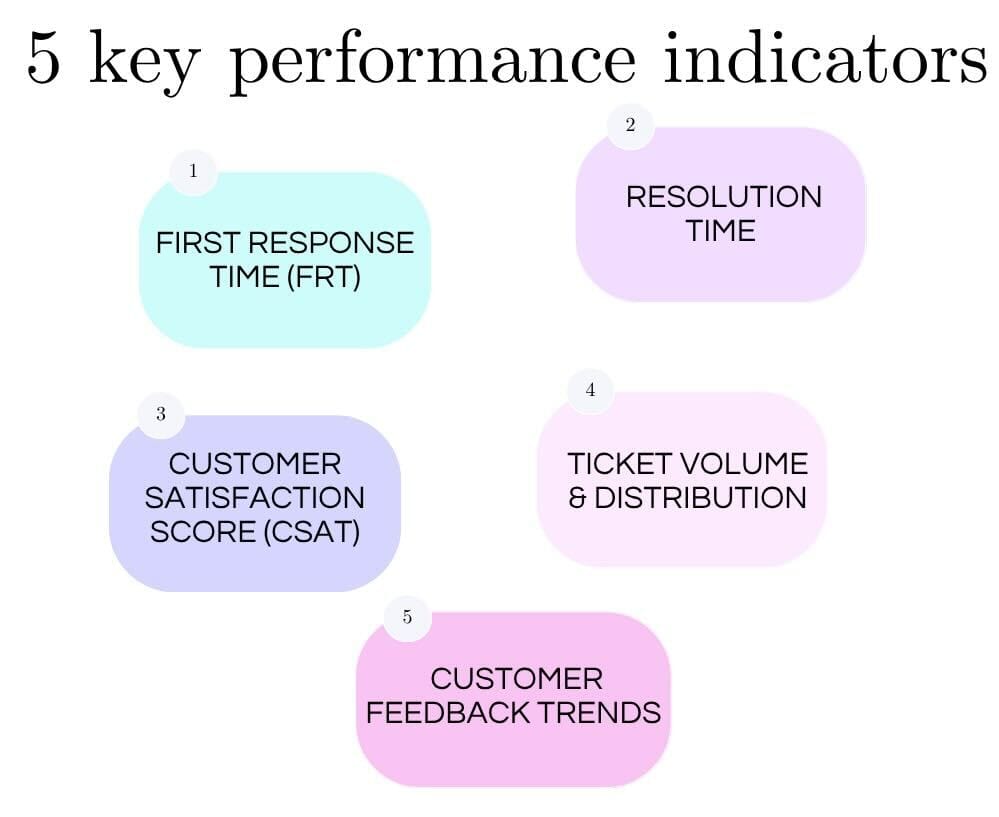
Bonus: Don’t Just Hire Support. Measure It.
These KPIs show you what’s working, and what’s not. If you want to make your support team actually perform?
Track what matters. Drop what doesn’t.
Check out our related guide:
Hire Customer Support to Take the Weight Off Your Founder’s Plate
Final Thoughts
Hiring support is smart. But tracking support is the way you to go.
These 5 KPIs (mentioned above) are founder-friendly and highly actionable, no bloated dashboards or vanity numbers. Just metrics that help you understand if your support is:
1) Fast
2) Helpful
3) Cost-efficient
4) Brand-building
Whether you’ve hired your first rep or are scaling a team, this framework will help you make data-driven decisions, and help build better customer relationships.
Need trained, vetted support agents ready in 48 hours?


